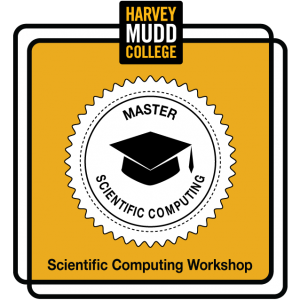CIS Digital Badge Pilot – Fall 2014

If you or your children have ever participated in a Boy Scouts or Girl Scouts program, then you’re probably already familiar with the idea of earning badges for learning a new skill or for participating in some sort of activity. Digital badges are very similar. Many educational institutions are using digital badges to recognize activities that are not part of the regular curriculum. For example, at the University of Alaska Anchorage, they have developed a program called EduPass for faculty professional development. The University of Central Florida has a badge program for their student information literacy program.
Digital badges are portable and sharable and function a bit like an electronic portfolio. Badges can be displayed on a variety of platforms, including Credly, LinkedIn, Facebook, Twitter and Mozilla Backpack. The Educational Technology Services Group (ETS) has accumulated a number of digital badges this year through attending various Educause and ELI events, as well as through completing an online MOOC on blended learning design. You can view Jeho Park and Elizabeth Hodas‘ badges.
This Fall the ETS group will be launching a small pilot program where we will begin awarding digital badges to students who attend our Scientific Computing and High Performance Computing workshops. In addition to participating in the workshop, students will need to complete tasks such as completing a quiz and then writing a program outside of the workshop in order to qualify for a badge. We will be using Credly to create and issue badges. The digital badges are a way to recognize that students have achieved certain levels of competency in areas such as programming with Matlab, Mathematica and R, as well as in using parallel computing techniques such as multithreading and message passing. Students will need to create an account on Credly in order to accept the badge, and can then display the badge on the platforms mentioned above.
Who will want to see these digital badges? Faculty, peers and even prospective employers can look at a student’s digital badges and get a sense of a student’s accomplishments outside the classroom. Each badge contains a description of what criteria the student had to meet in order to earn the badge as well as a link back to the evidence submitted by the student.
While we’re starting out on a small scale with this pilot, we can imagine many other areas where digital badges could be used, such as in our faculty development program and possibly in other administrative departments on campus.

Jeho Park presented this digital badge pilot at ELI Annual Meeting 2016. You may download the Five Things You Should Know about Digital Badges poster (PDF).